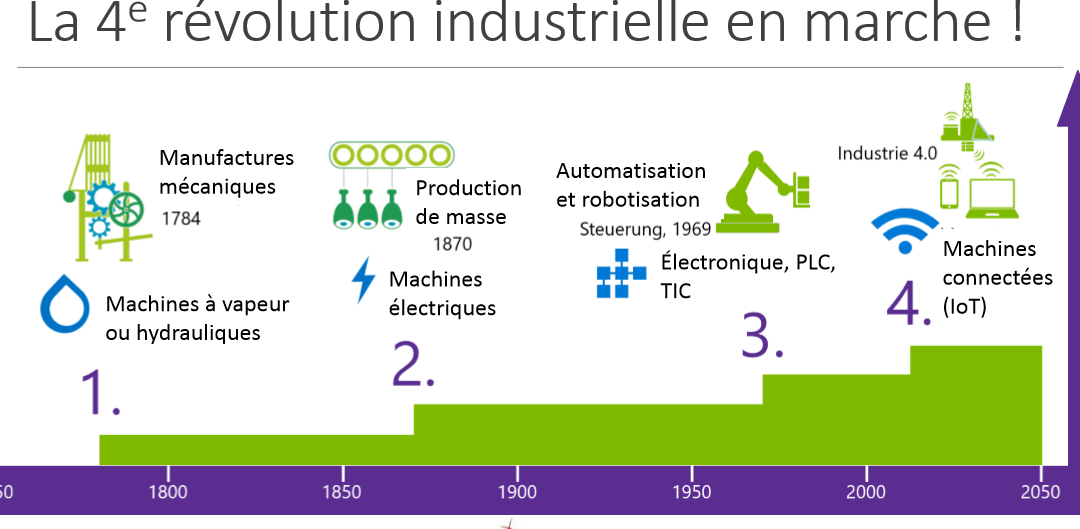As Industry 4.0 continues to transform the manufacturing landscape, the integration of artificial intelligence at the edge opens up fascinating horizons. In the era of 5G and connected objects, AI is no longer just at the heart of the system but is implanting itself right at the periphery of industrial processes. This technological advancement is not limited to optimizing production; it also enables a more agile orchestration of operations, responding in real-time to the complexities of the global market. Companies are now able to leverage a closer collaboration between machines and human operators, thereby shaping a production environment that is more flexible and intelligent.
Within the framework of Industry 4.0, the integration of artificial intelligence at the edge marks a crucial step in transforming industrial environments. This advancement allows companies to optimize their processes in real-time through AI-driven analytics, while also harnessing innovations such as 5G and IoT. By overcoming the challenges of interoperability, the industry is becoming more agile and efficient, thus facilitating the transition to an even smarter and more responsive production model.

Table des matières
Togglethe revolution of Industry 4.0 with AI at the edge
Industry 4.0 is primarily driven by advances in artificial intelligence and edge technologies, creating an environment where industrial processes are greatly enhanced. Today, this revolution is occurring through the integration of AI at the edge, reducing latency and optimizing resources. Industrialists can take advantage of this innovation to streamline their operations, thereby reducing inefficiencies and increasing production while remaining flexible.
the challenges and solutions of integration
With the rise of Industry 4.0, integrating existing systems remains a major challenge. The complexity lies in the interoperability of multiple IoT technologies and the heterogeneity of equipment. To overcome these obstacles, solutions like the Modicon M660, an integrated motion control system, offer modular approaches that facilitate the digital transformation of industries. This essential step forward enables companies to leverage the full capabilities of AI at the edge.
opportunities and future applications
The opportunities created by the integration of AI at the edge are vast, with advanced robotic applications extending to optimization of transport planning. This synergy allows companies to quickly respond to market demands. With a focus on optimizing processes and innovation, the industry can achieve significant and sustainable growth in the long term.





